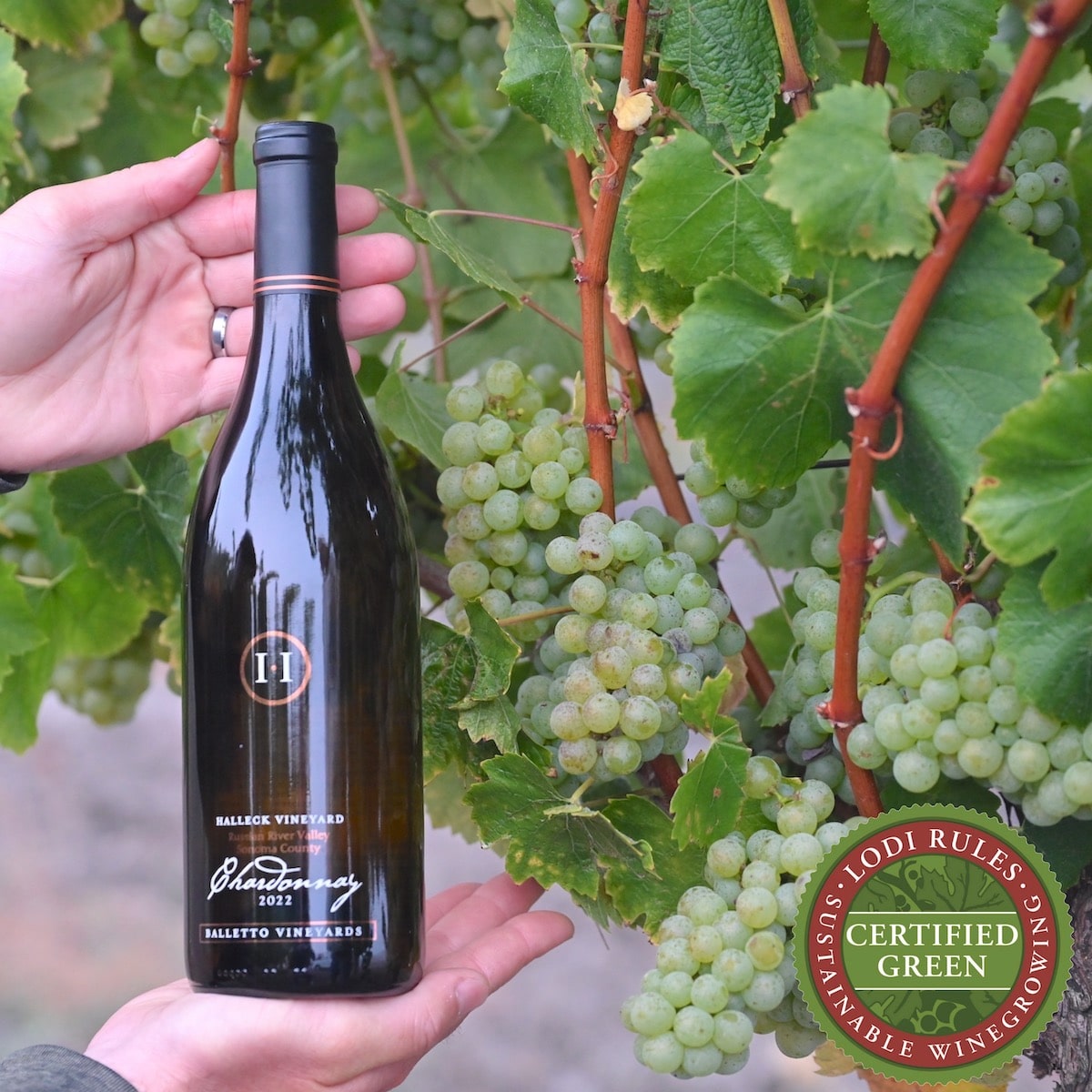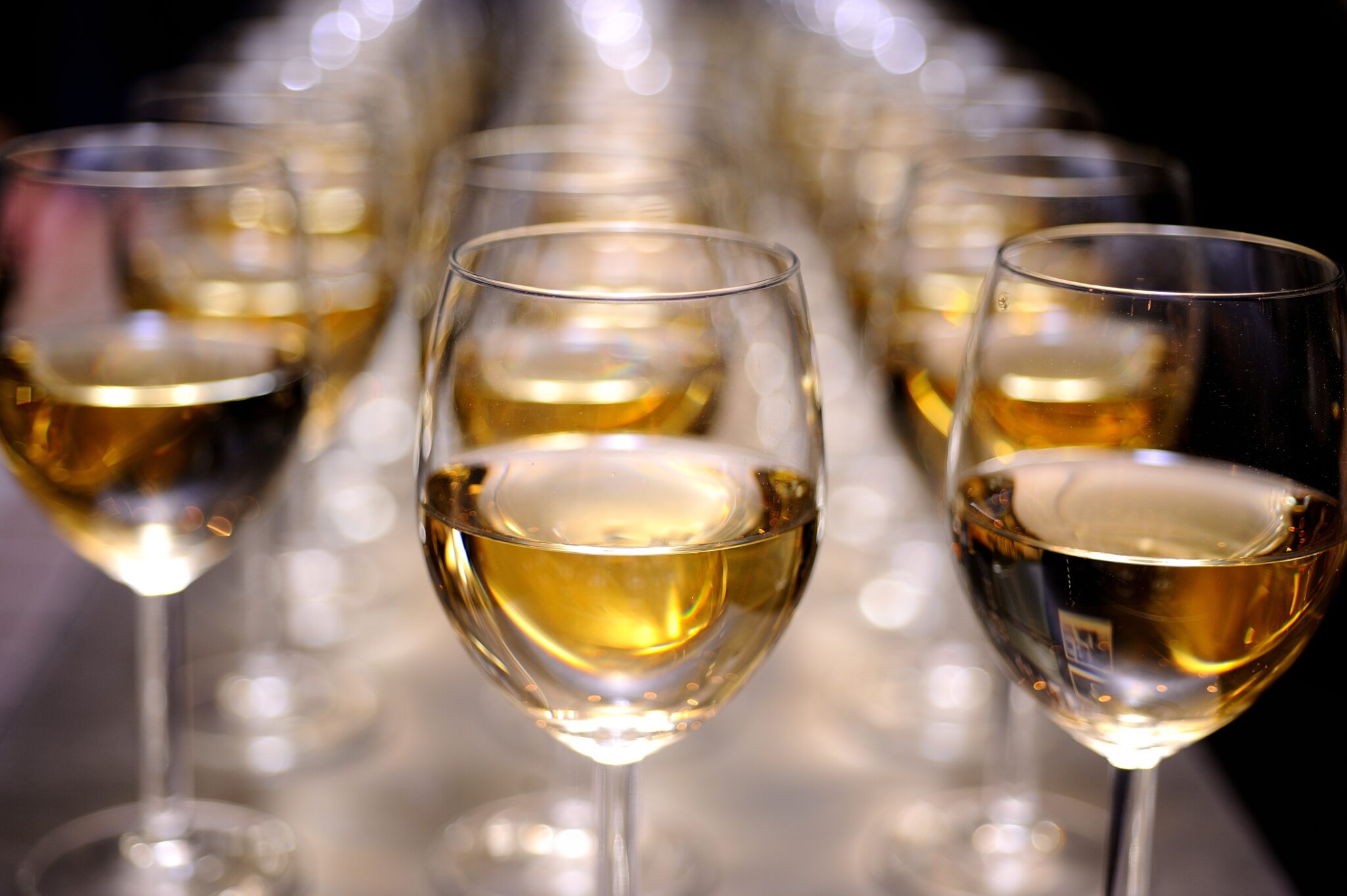Quaint Wineries In Picturesque Settings In Sebastopol - Wineries To Explore In Sonoma Valley
Quaint Wineries In Picturesque Settings In Sebastopol - Wineries To Explore In Sonoma Valley
Blog Article
Wineries That Welcome Walk Ins - Vines And Views In Sonoma Wine Country
Wine tasting is an art that combines sensory experience with an appreciation for the nuances of various varietals. How to gauge flavors in winery wine tasting classes is pivotal to greedy the complexities of wine.
Participating in a wine tasting includes more than merely sipping and savoring. It requires a centered approach to establish aromas and flavors that each wine presents. As you begin, observe the wine's look, noting its shade and clarity. These visible cues typically counsel a wine’s age, grape selection, and even potential flavor profiles.
The next step within the tasting process is to swirl the wine in your glass. This motion releases aromatic compounds that are vital for analysis. Lean in and take a moment to inhale deeply; the aromas can vary from floral and fruity to spicy and earthy. The nose of the wine is just as essential as the palate, and recognizing scents plays a big position in understanding the general experience.
When taking your first sip, permit the wine to move across your palate - Wineries Pairing Wine With Chocolate. Notice the initial flavors that current themselves. Is the wine fruity, floral, or maybe herbaceous? This initial style gives insight into what the wine is more likely to specific as you proceed to judge it. The mouthfeel also contributes to the general flavor experience; it can be silky, tannic, and even effervescent.
Wine Tasting Events In Sonoma County - Wine Tasting Experiences In Sonoma Valley
As you continue tasting, pay attention to the wine’s steadiness. A well-balanced wine will harmonize acidity, sweetness, and tannins. If one element overwhelms the others, it'd point out a less desirable quality. Evaluating balance might help you identify how properly the wine might pair with food.
Transitioning to the finish, consider how the flavors evolve as the wine lingers in your palate. A long, pleasant end can indicate a high-quality wine, whereas a short or abrupt finish would possibly suggest otherwise. Replicate on whether or not the flavors stay consistent or if new notes emerge because the wine settles. This development can reveal complexities and intricacies that may not have been obvious in the preliminary tasting.
Temperature can additionally be an important consider evaluating wine flavors. Totally Different kinds of wine are optimally loved at particular temperatures. White wines typically shine when chilled, whereas purple wines typically carry out finest at room temperature. When tasting, make sure the wine is on the appropriate temperature to fully respect its character.
Cultural Wine Experiences In Sonoma County - Scenic Wineries Of Sebastopol
Pairing food with wine can significantly improve the tasting experience. Foods can influence the perception of flavors in wine, either highlighting sure characteristics or diminishing them. When evaluating flavors, consider how the wine interacts with completely different meals, noticing which flavors are amplified or muted (Wineries Featuring Seasonal Wine Events In Sonoma).

Think About the influence of terroir as you have interaction in a winery tasting. Terroir encompasses the distinctive environmental elements that affect grape rising, including soil composition, climate, and geography. Understanding a wine's terroir can present insight into its flavors and aromas, fostering a deeper appreciation for the choices made during its cultivation and manufacturing.
Education performs a elementary role in enhancing one's capacity to judge wine flavors. Learning about grape varieties, wine regions, and production methods can pave the finest way for more informed judgments during tastings. Additionally, attending workshops or classes can refine sensory skills and expand your flavor vocabulary, enabling you to articulate tasting notes extra effectively.
Finally, it is important to keep in mind that evaluating wine flavors is a extremely personal experience. Individual preferences and perceptions will invariably shape one’s tasting journey. Enjoyment ought to be at the forefront, with the analysis process acting as a device to reinforce understanding and appreciation rather than create rigid tips.
Beautiful Picnic Areas At Sonoma Wineries - Greatest Wine Tasting Locations In Sonoma
In conclusion, mastering the means to evaluate flavors in winery wine tasting sessions involves a mixture of sensory engagement, data, and practice. By studying to establish aromas, assess the balance, and recognize the intricacies of flavor, wine enthusiasts can deepen their connection to every bottle they encounter. As with any art type, the more one immerses themselves in the experience, the more they will uncover and benefit from the huge world of wine.
- Start by observing the wine's color and readability, as these visual parts can hint at its flavor profile and growing older potential.
- Swirl the wine gently in your glass; this releases aromatic compounds, permitting you to better identify the complicated scents related to the wine.
- Take a deep inhale before tasting, specializing in each primary and secondary aromas to gather insights on fruits, spices, and different nuances.
- When tasting, permit the wine to coat your palate; note the preliminary flavors, the mid-palate complexity, and the end as these stages can present completely different flavor highlights.
- Pay consideration to texture and mouthfeel, as aspects corresponding to tannin ranges, acidity, and sweetness contribute considerably to the overall tasting experience.
- Examine flavors against commonplace wine characteristics; for pink wines, think about berry notes, oak influence, and natural tones, whereas whites may embrace citrus, stone fruits, and floral hints.
- Take notes during the tasting session to trace your impressions, serving to you to remember and consider the different wines sampled.
- Focus On your findings with fellow tasters or winery workers, as sharing insights can enhance understanding and appreciation of individual flavors.
- Permit time for the wine to breathe; typically, flavors evolve and reveal new dimensions after being exposed to air.
- Experiment with food pairings during the tasting as they can dramatically alter how flavors are perceived, influencing general enjoyment.undefinedWhat ought to I search for when evaluating the aroma of wine throughout a tasting?
Begin by swirling the wine in your glass to release its aromas. Convey the glass to your nose and take a deep breath. Pay navigate to this site consideration to the primary scents you detect, as these are sometimes essentially the most distinguished. Look for fruit, floral, natural, or earthy notes and attempt to establish particular characteristics, which is ready to deepen your understanding of the wine's complexity.
Affordable Wine Tastings In Sonoma County - Tasting Experiences In Sebastopol Vineyards
How can I distinguish between different flavor profiles in wine?
Perceive that flavor profiles are sometimes categorized as fruit, floral, herbaceous, spicy, or mineral. Take small sips and permit the wine to coat your palate. Discover the primary flavors that emerge first and the subtle notes that observe. This layering is crucial in distinguishing the wine's traits and can assist you to recognize its unique profile.
Charming Wineries With Views In Sonoma Valley - Exploring The Vineyards Of Sonoma
What is the importance of the wine's texture in a tasting?

The texture of the wine, also called mouthfeel, performs a vital position in how we perceive flavors. Pay consideration to whether the wine feels smooth, creamy, or gritty. The body of the wine (light, medium, or full) can improve or distinction with flavors, offering a extra rounded experience throughout tasting.
How do I assess the balance of flavors in wine?
Steadiness in wine refers to the harmony between acidity, sweetness, tannin, and alcohol. Take a moment to evaluate whether these elements complement or intervene with each other. A well-balanced wine will have none of its parts overpowering the others, creating a pleasing tasting experience.
Vineyard Tours With Guided Tastings In Sonoma - Discovering The Vineyards Of Sonoma County
What position does temperature play in evaluating wine flavors?
Temperature can significantly impact the notion of flavors. Typically, purple wines are finest served slightly under room temperature, while white wines take pleasure in being chilled. As the temperature adjustments, the aromas and flavors can shift, permitting you to understand different traits. It’s important to style wine at its optimum temperature for true evaluation.
Family-Friendly Wineries Near Sebastopol - Sonoma Wineries With Vineyard Views
How can I improve my tasting skills over time?
Practice is vital to enhancing your tasting skills. Wineries Showcasing Local Art And Crafts. Attend tastings, maintain a journal of your experiences, and explore various varieties of wines to broaden your palate. Moreover, learning about wine production and grape varieties can provide context that enhances your analysis process, making you a more knowledgeable taster.
Is there a specific order in which I should style the wines?
Vintage Wine Tasting Experiences In Sebastopol - Sebastopol Wine Country
Sure, it’s advisable to style wines from light to full-bodied and dry to sweet. This development prevents the stronger flavors from overshadowing the more delicate ones, allowing you to fully recognize every wine's characteristics and nuances without palate fatigue.
How can I consider the aftertaste of wine?
Wine Tasting Tours In Russian River Valley - A Winery In The Sonoma Valley To Discover
The aftertaste, or end, is a crucial facet of the sites wine-tasting experience. After swallowing, take note of how lengthy the flavors linger in your palate and whether or not they change. A long, pleasant finish is usually an indicator of a high-quality wine, while a short or disagreeable end might recommend in any other case.
Why is it necessary to note the wine’s acidity during tasting?
Acidity contributes to the general freshness and construction of the wine. Pay consideration to the tingling sensation on your tongue; higher acidity can enhance the wine's liveliness and balance out sweetness. Noting acidity helps decide the wine's versatility with food and its growing older potential.
What ought to I do if I battle to identify specific flavors in wine?
Wineries That Offer Barrel Tastings - Top-Rated Wineries In Sebastopol
Struggling to determine flavors is widespread, particularly for newbies. Focus on broader categories and describe what you'll find a way to recognize, similar to sweet or earthy notes. With practice, studying about different flavor profiles, and maybe using flavor wheels, you may refine your senses and develop a extra nuanced method to tasting. Report this page